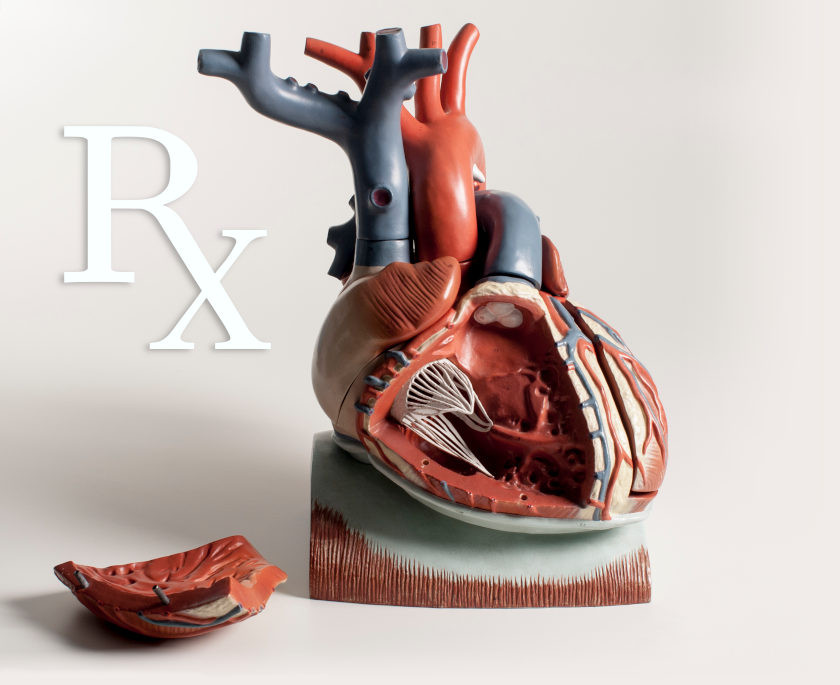The Pharmacologic Treatment of Pulmonary Hypertension
- THIS PAGE: Pulmonary Arterial Pressure
- Page 2: Pulmonary Arterial Hypertension - Types and Causes
- Page 3: Treatment of Pulmonary Hypertension
Pulmonary Arterial Pressure
Pulmonary arterial pressure is generated by the right ventricle ejecting blood into the pulmonary circulation, which acts as a resistance to the output from the right ventricle. With each ejection of blood during ventricular systole, the pulmonary arterial blood volume increases, which stretches the wall of the artery and increases the pulmonary arterial pressure to a peak systolic pressure. As the heart relaxes (ventricular diastole), blood continues to flow from the pulmonary artery into the pulmonary circulation. As this occurs, the pulmonary arterial pressure falls to its diastolic pressure, which is reached just before the right ventricular systole. The smaller arteries and arterioles of the pulmonary circulation serve as the chief resistance vessels, and through changes in their diameter, regulate pulmonary vascular resistance.
In hemodynamic terms, the mean pulmonary arterial pressure (PAP) can be described by:
Equation 1: PAP = (CO x PVR) + PVP
where CO = cardiac output (right ventricular mL/min), PVR = pulmonary vascular resistance, and PVP = pulmonary venous pressure.
The PVP is essentially the same as left atrial pressure, and is measured indirectly by the pulmonary capillary wedge pressure. Therefore, increases in CO, PVR or PVP lead to increases in PAP. Normally, mean pulmonary arterial pressure is about 15 mmHg, and the pulmonary arterial systolic and diastolic pressures are about 25 and 10 mmHg, respectively. Pulmonary venous pressure is about 8 mmHg. Therefore, the pressure gradient driving flow through the pulmonary circulation is rather small at about 7 mmHg (mean pulmonary arterial minus venous pressures). This is a much lower driving pressure than the systemic circulation, where the arterial-venous pressure gradient is about 90 mmHg. Although the blood flow through the pulmonary circulation is essentially the same as the blood flow through the systemic circulation, the pulmonary vascular resistance is ten- to fifteen-fold lower than the systemic vascular resistance. This explains why the mean pulmonary artery pressure is relatively low.
Go to Next Page
Pulmonary Arterial Hypertension - Types and Causes
Revised 11/30/2023

 Cardiovascular Physiology Concepts, 3rd edition textbook, Published by Wolters Kluwer (2021)
Cardiovascular Physiology Concepts, 3rd edition textbook, Published by Wolters Kluwer (2021) Normal and Abnormal Blood Pressure, published by Richard E. Klabunde (2013)
Normal and Abnormal Blood Pressure, published by Richard E. Klabunde (2013)